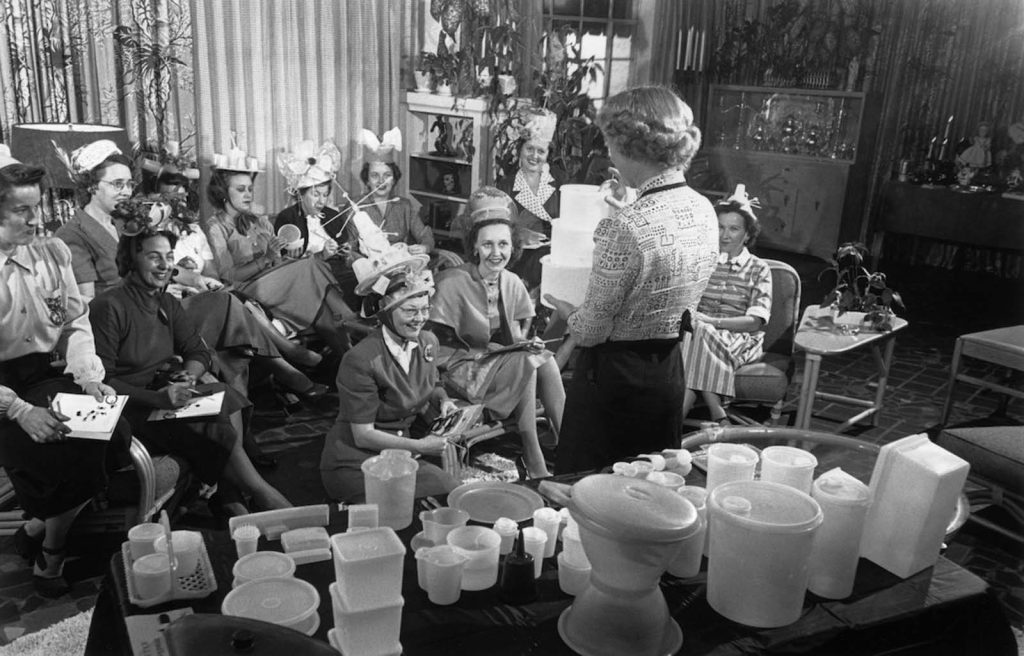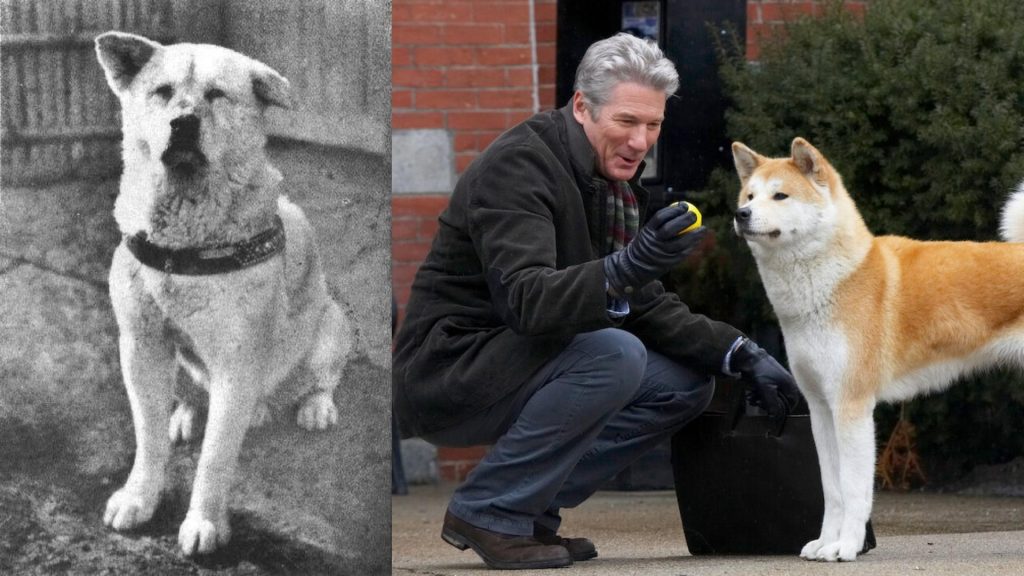Introduction: The Birth of Tupperware

In the early 1940s, Earl Silas Tupper revolutionized American households with the invention of Tupperware, a flexible and lightweight container made of his innovative “Poly-T: Material of the Future.” His vision? Total “Tupperization” of homes, promising women a life free from spills and waste.
Tupperware’s Artistic Evolution (1947)

Despite early praises from home magazines like House Beautiful, Tupperware struggled to capture the hearts of American housewives. Department store promotions fell short, and the dream of transforming kitchens remained elusive.
Brownie Wise and the Tupperware Party (Early 1950s)

Enter Brownie Wise, a Detroit-based housewife turned Tupperware dynamo. Wise’s introduction of the Tupperware party in the early 1950s changed the game. These gatherings, hosted by volunteers, showcased lively product demonstrations, creating a cultural phenomenon.
The Tupperware Home Parties Incorporated (1951)

Impressed by Wise’s success, Earl Tupper withdrew Tupperware from traditional retail outlets. The Tupperware party became the exclusive distribution method, leading to the formation of Tupperware Home Parties Incorporated (THP), with Wise as its vice president.
Brownie Wise: A Leader Emerges (Mid-1950s)

Wise’s remarkable transition from a housewife to a multimillion-dollar enterprise leader was swift. She graced the cover of Business Week in 1954, advocating, “If we build the people, they’ll build the business,” showcasing her unorthodox sales techniques.
Contrasting Approaches: Tupper vs. Wise (1950s)

Despite Tupper and Wise’s divergent approaches to the business, success continued. Tupper, the inventor, focused on product development, while Wise led with charisma, flamboyance, and personal giveaways to her sales elite.
Tupperware Culture Contradictions

The success of Tupperware revealed stark contradictions. Tupper embodied New England thrift, while Wise exuded excess in her Florida home. These paradoxes mirrored the shift from Depression economy to postwar abundance.
Tupperware Party: A Social Revolution

The Tupperware party, initially a utilitarian solution, became a social phenomenon. It offered an alternative to traditional patriarchal sales structures, resonating with postwar American women seeking fulfillment beyond conventional workplaces.
Conclusion: Tupperware’s Triumph

In the end, Tupperware’s success was not just about ingenious containers. It was about tapping into sociality and valuing women’s domestic lives—elements embedded in its products, sales system, and corporate culture.



